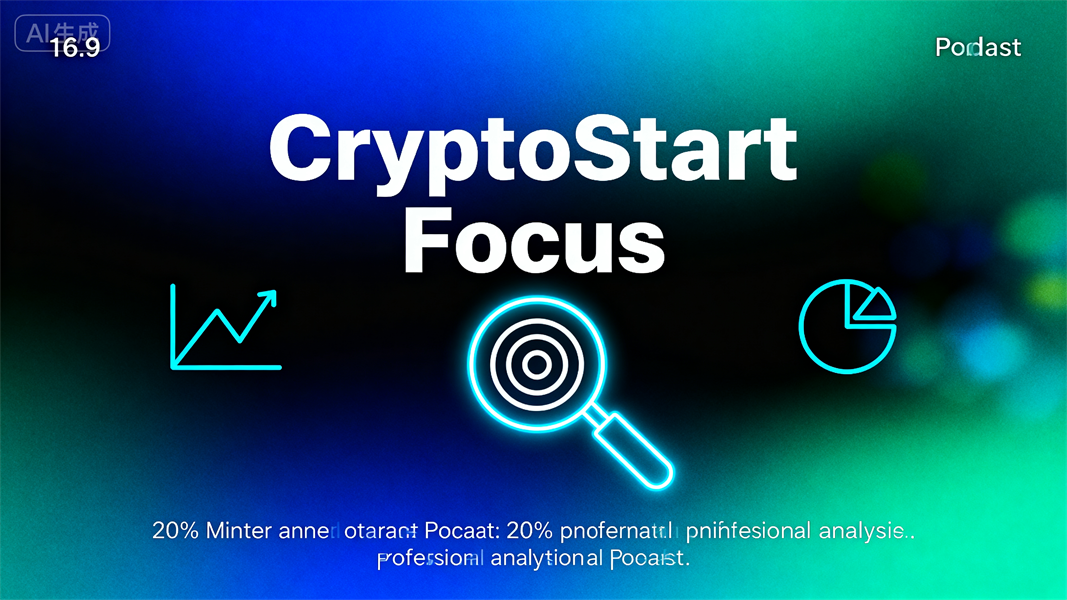In the high-volatility world of cryptocurrency, where a single market swing can erase gains or create windfalls, cryptocurrency simulators have emerged as a vital tool for learners, traders, and enthusiasts. A cryptocurrency simulator—also called a crypto trading simulator or mock trading platform—is a digital tool that replicates real crypto markets using virtual funds. It lets users practice buying, selling, and trading cryptocurrencies without risking actual money, making it the ideal gateway for beginners and a valuable testing ground for experienced traders. Whether you want to understand how Bitcoin trading works, test a new investment strategy, or familiarize yourself with exchange interfaces, a crypto simulator bridges the gap between curiosity and confident action.
What Is a Cryptocurrency Simulator? Definition & Core Value
At its core, a cryptocurrency simulator is a “sandbox” for crypto markets. It mirrors real-world conditions: it pulls live or delayed price data for assets like Bitcoin (BTC), Ethereum (ETH), and stablecoins (USDT), replicates exchange fees, and mimics trading mechanics (e.g., market orders, limit orders). The key difference? All transactions use virtual currency—no real money is deposited, lost, or gained.
This setup solves two critical pain points of crypto:
- Risk Barrier: For beginners, the fear of losing money keeps many from learning to trade. Simulators eliminate this risk entirely.
- Strategy Testing: Experienced traders can test new approaches (e.g., day trading, dollar-cost averaging) against historical or real-time data without endangering their portfolios.
Common Types of Cryptocurrency Simulators
Cryptocurrency simulators vary by platform, functionality, and use case. Understanding their types helps users pick the right tool for their goals:
| Type of Simulator | Core Feature | Target Audience | Examples |
|---|---|---|---|
| Web-Based Simulators | Accessible via browsers, no downloads needed | Beginners, casual learners | CoinMarketCap Simulator, CryptoCompare Demo |
| App-Based Simulators | Mobile/desktop apps with richer interfaces | Active traders, on-the-go learners | eToro Demo Account, TradingView Paper Trading |
| Exchange-Built Simulators | Tied to real crypto exchanges (mirror their UI) | Users planning to trade on specific platforms | Binance Demo, Kraken Demo Mode |
| Historical Simulators | Test strategies against past market data | Advanced traders, strategy developers | TradingView Historical Backtesting |
Core Features of a Reliable Cryptocurrency Simulator
Not all simulators are created equal—top-tier tools include features that make practice as realistic as possible:
- Virtual Funds: Most simulators start users with a fixed amount of virtual capital (e.g., $10,000 in fake USD or crypto) to replicate real portfolio management.
- Real-Time/Delayed Market Data: The best simulators pull live data from major exchanges (Binance, Coinbase) to mirror current prices, volume, and trends.
- Multiple Asset Support: Coverage of popular cryptos (BTC, ETH, SOL) and niche altcoins, plus stablecoins for hedging practice.
- Trading Mechanics: Support for common order types—market orders (buy/sell at current price), limit orders (set a target price), and stop-loss orders (protect against losses)—matching real exchange functionality.
- Portfolio Tracking: Dashboards to monitor virtual holdings, profit/loss (P&L), trade history, and performance metrics (e.g., return on investment, win rate).
- Educational Resources: Many include tutorials, glossaries, or guided lessons to help beginners learn terms like “liquidity” or “staking” while practicing.
Who Benefits from a Cryptocurrency Simulator?
Cryptocurrency simulators serve a wide range of users, making them universally valuable in the crypto ecosystem:
1. Crypto Beginners
For those new to terms like “order book” or “trading pair,” simulators turn confusion into clarity. Instead of staring at a real exchange’s overwhelming interface, beginners can click, trade, and experiment without pressure. For example, a new user can practice converting USDT to BTC via a limit order, see how the trade executes when the market hits their target, and learn from mistakes (e.g., setting a limit price too high)—all for free.
2. Experienced Traders
Seasoned traders use simulators to test unproven strategies. Suppose a trader wants to try “swing trading” (holding assets for days to weeks) or integrate technical analysis (e.g., moving averages, RSI indicators). A simulator lets them backtest the strategy against 6 months of historical data or run it in real time to see if it works before risking actual capital.
3. Educators & Students
Crypto courses and workshops often use simulators to teach hands-on trading. Teachers can walk students through market cycles, demonstrate risk management (e.g., using stop-loss orders), or assign “trading challenges” to reinforce concepts—all without financial stakes.
How to Choose the Right Cryptocurrency Simulator?
With dozens of simulators available, focus on these criteria to find the best fit:
- Realism: Prioritize tools with live market data and fee structures that match real exchanges (e.g., 0.1% trading fees).
- Asset Coverage: Ensure it supports the cryptos you want to practice with (e.g., if you’re interested in DeFi tokens, pick a simulator with Solana or Cardano assets).
- User Interface (UI): For beginners, choose a simple UI; advanced traders may prefer tools with technical analysis charts (e.g., TradingView integration).
- Cost: Most simulators are free, but some premium options offer advanced features (e.g., detailed strategy reports) for a subscription—stick to free tools unless you need specialized functionality.
- Reviews: Check user feedback to avoid simulators with outdated data, buggy interfaces, or hidden limitations.
Common Myths About Cryptocurrency Simulators
Despite their value, some misconceptions persist:
- Myth 1: “Simulators don’t reflect real trading.” While they eliminate emotional pressure (a key real-world factor), top simulators replicate market mechanics and prices accurately—making them a strong starting point.
- Myth 2: “Only beginners need them.” Advanced traders rely on simulators to test strategies, especially during volatile market conditions (e.g., after a Bitcoin halving).
- Myth 3: “All simulators are the same.” Differences in data latency, asset support, and features mean some are far more useful than others.

